Knowledge
21.03.2022 The Garnet Group
“Garnet” denotes a group of minerals.
Structurally, they are all insular silicates and have a similar crystal structure, which means that they are chemically related. The name is derived from the Latin term “granum” for “grain”. On the Mohs scale, they have a hardness between 6 and 7.5, depending on their composition.
Garnets occur in different colors, have been used as gemstones for thousands of years, and are also interesting as investment stones – which is why we provide a brief overview.

Aluminum and calcium garnets: the variety of the garnet group
The two main groups of garnets are aluminum and calcium garnets. Aluminum garnets include pyrope, almandine, and spessartine, and the color spectrum ranges from dark red to orange and yellow. Calcium garnets include uvarovite, grossular (hessonite, tsavorite) and andradite (demantoid, melanite, schorlomite), they are colorless, yellow, green, pink, red, brown or black. The streak color is white in all species of garnets.
The most common species and their colors:
- Almandine: red (with violet notes)
- Pyrope: red (with brown notes)
- Spessartine: red to orange
- Andradite: yellow, green or brown
- Uvarovite: green
- Demantoid: bright green
There are also mixed forms, the best known of which is rhodolite, a pinkish mixed form of almandine and pyrope. All garnets come to the market without heating or other methods to improve color and purity.
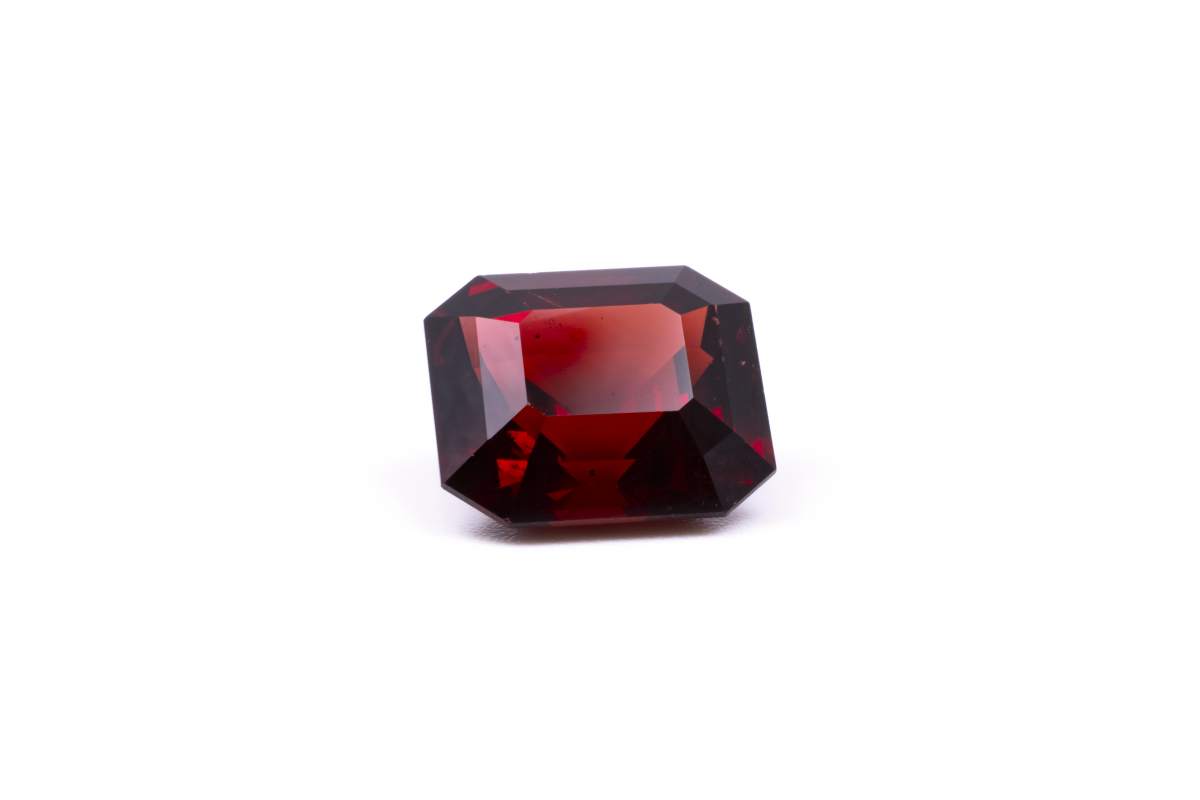
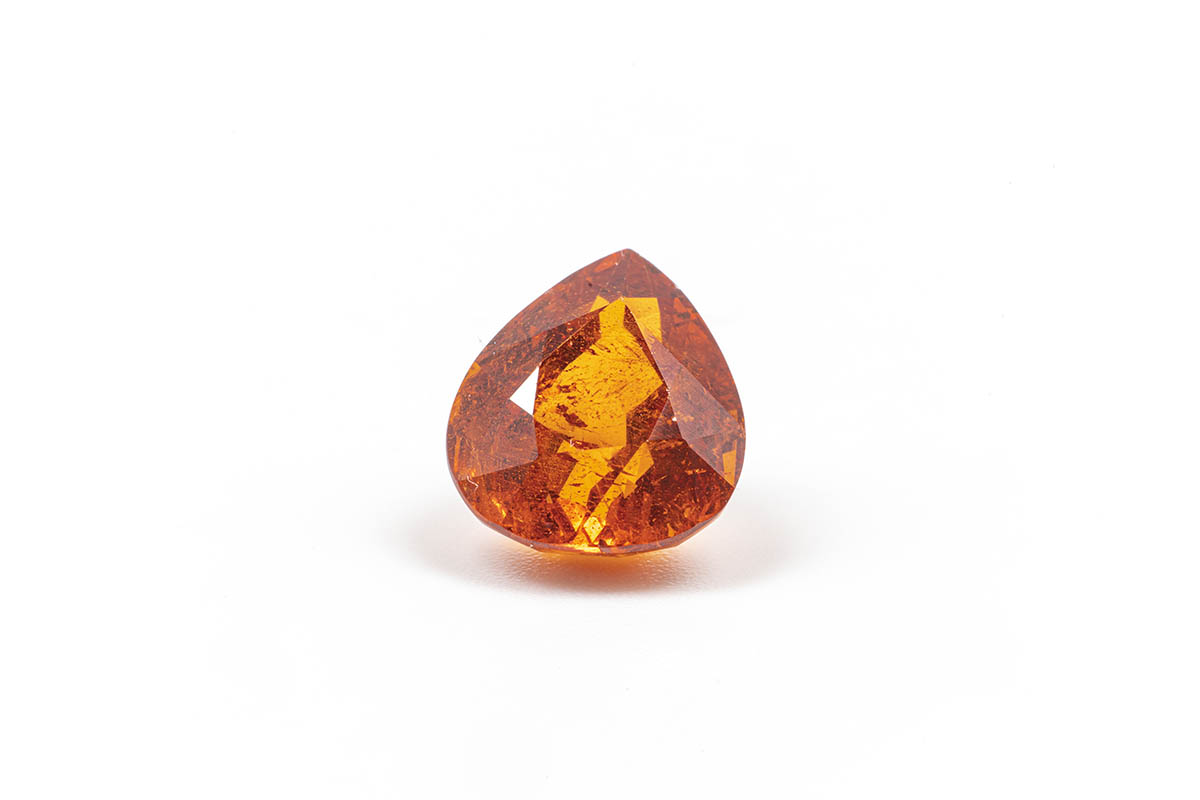

The “carbuncle” – on the historical background
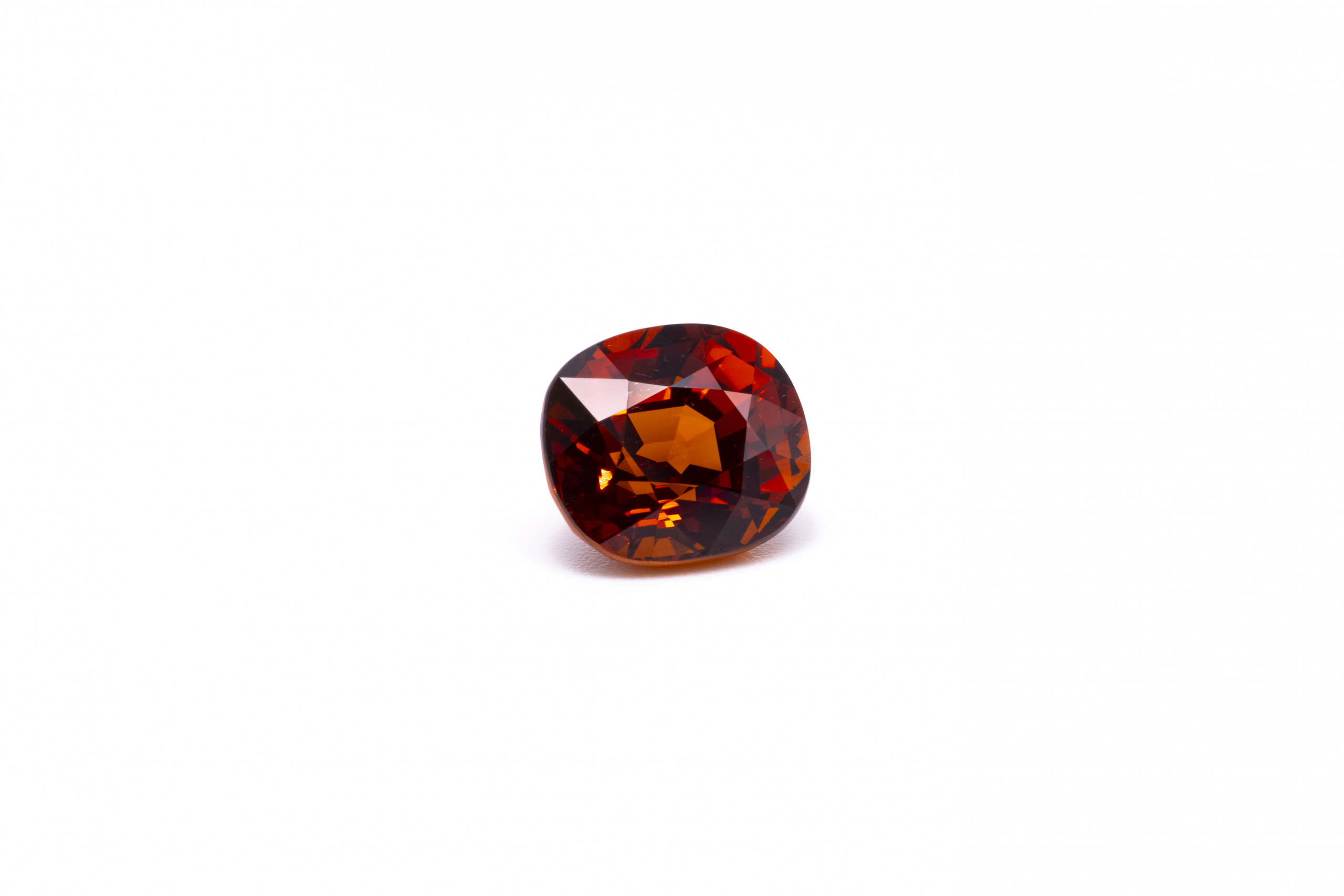
Jewelry with garnet was already used as grave goods in Bronze Age graves and tombs in Ancient Egypt. Before mineralogical investigations became possible in the 19th century, all kinds of red stones were considered garnets. In the Middle Ages, red spinels and rubies were also sometimes called garnets, because they are red, grain-shaped stones.
Another name was “carbuncle”, which comes from the Latin “carbunculus”, meaning “small, glowing coal” and alluding to the color. Thus, for centuries, the red varieties were the only ones considered to be garnets. The so-called “Bohemian garnet”, i.e. the red pyrope, experienced a special heyday in the 19th century. Since the demand exceeded the European deposits, garnets were imported from Africa and India already in the 19th century.

Occurrence & most important deposits
Garnet occurs in massive or granular form, macroscopic crystals can weigh up to 700 kilograms. The exact chemical composition depends on the surrounding rock, e.g. the magnesium-rich pyrope is often found in peridotites and serpentinites.
Garnets occur in metamorphic rocks such as gneiss or eclogite, as well as in igneous rocks. The deposits are spread all over the world, in Europe the most important ones are in Russia, in North America in the USA, in Africa in Nigeria, Tanzania, Kenya, Namibia and South Africa, in Southeast Asia in Sri Lanka and India.

Garnets as an investment
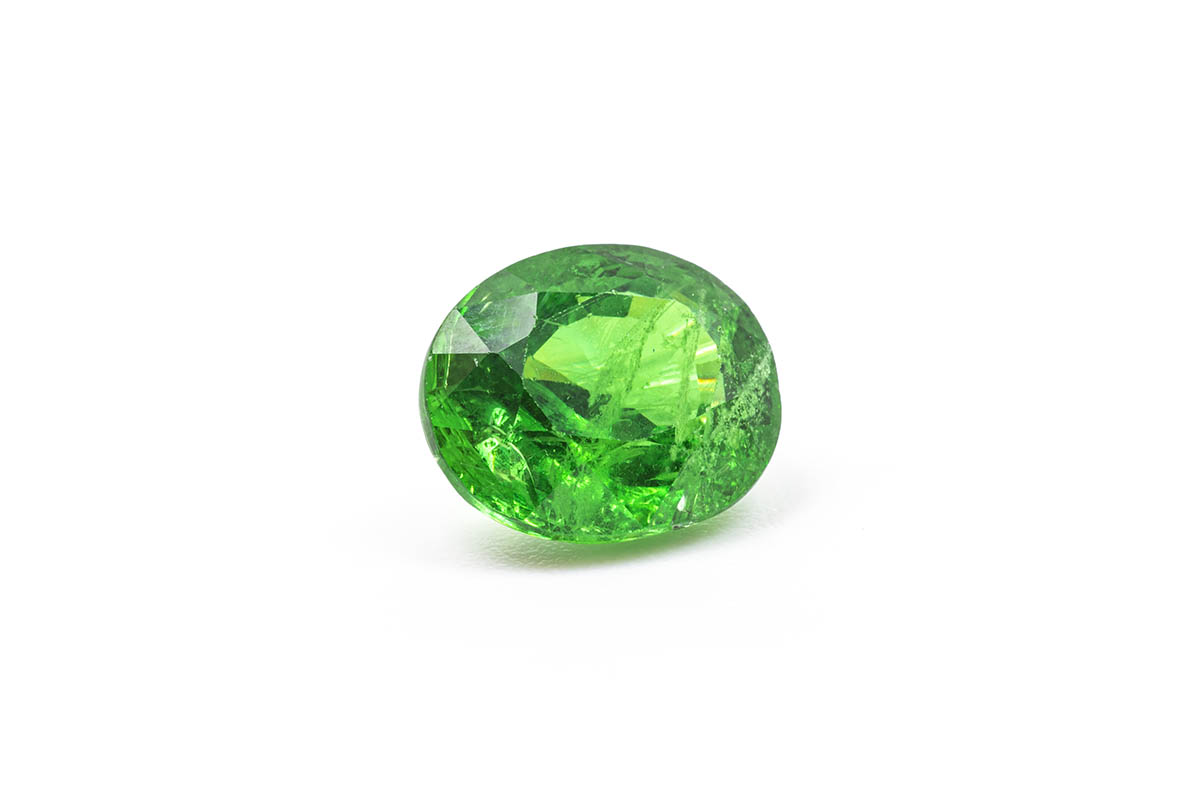
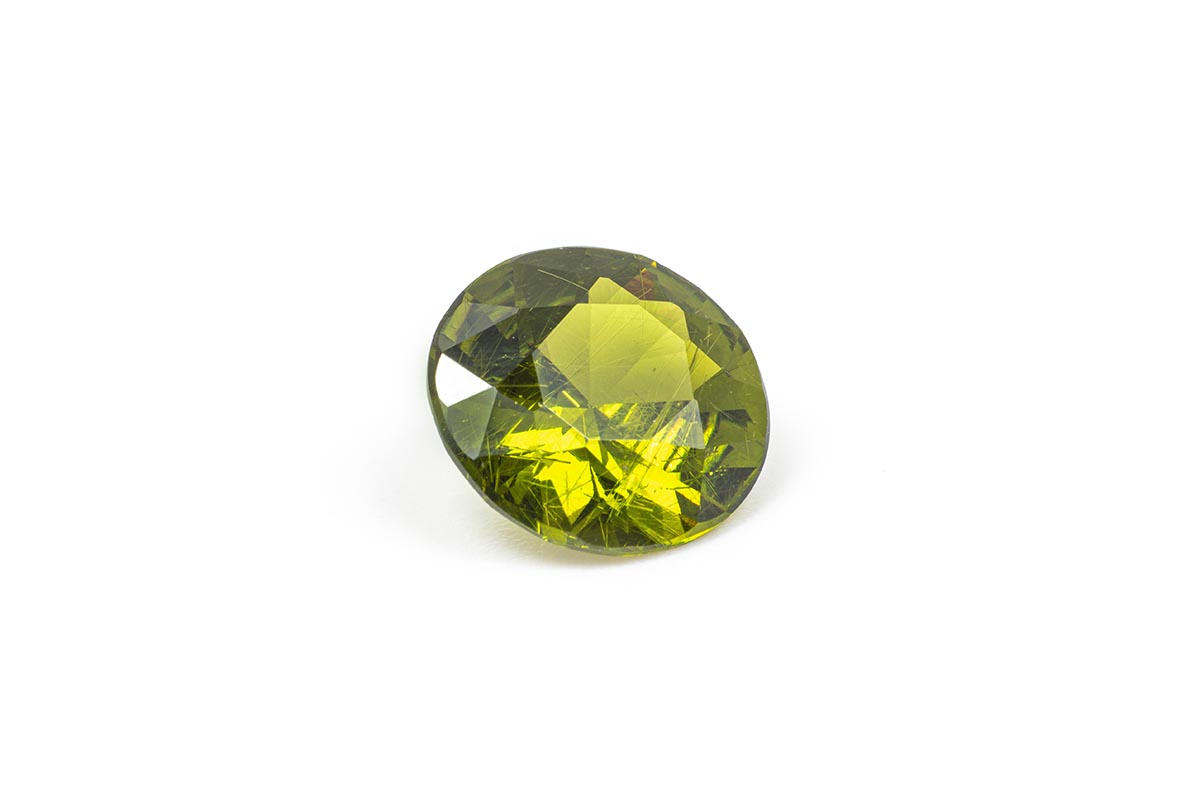
Garnets have always been popular for jewelry and among hobby collectors red varieties are the most popular ones. However, three other types and colors are most suitable as investment stones:
- Spessartine: These variety is also called “mandarin garnets” and is characterized by its bright orange color.
- Tsavorite: This green variety belongs to the grossulars.
- Demantoid: These are yellow-green to emerald-green gemstones which belong to the andratites; the name means “diamond-like luster”.
As always, the value of the individual gem is determined by carat, clarity, cut and color. It should be noted that garnets, due to their high density, weigh more carats than other minerals of the same size.

